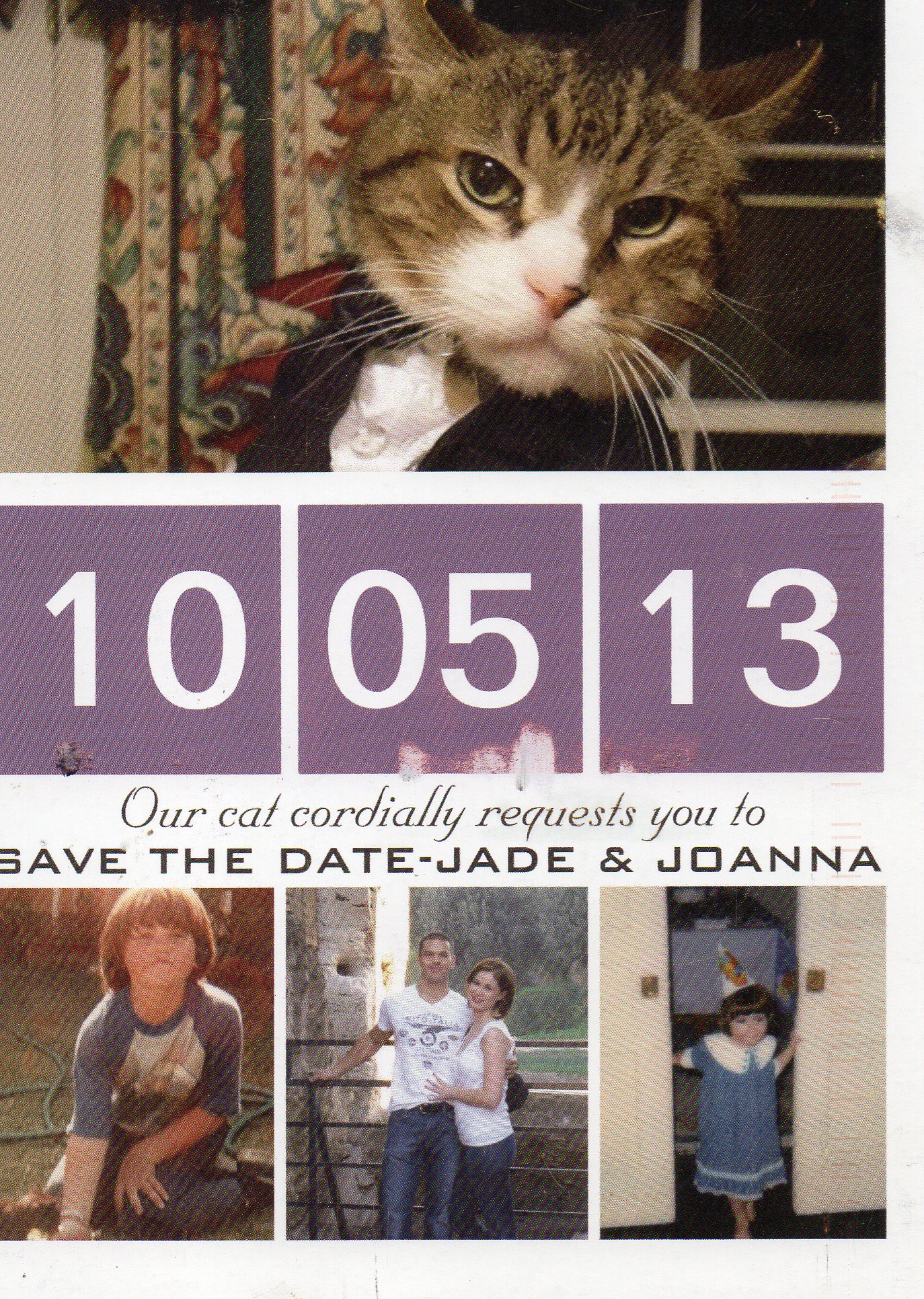Of course, it is impossible to think of North Carolina without hearing James Taylor singing: “Carolina in my mind.” ++++ When I lived in New York City, the song lyric reverberating through the skyscrapers was, “If you can make it here, you can make it anywhere.” ++++ North Carolina, as you can see from the […]
Archives for September 2013
Dinah Washington sings “TV is the thing this year” (1953)
http://youtu.be/AntTX1ohlrs Lyrics: TV is the thing this year If you wanna have fun come home with me You can stay all night and play with my TV TV is the thing this year, this year TV is the thing this year Radio was great, now, it’s out of date TV is the thing this year […]
What I am wearing when I give away Joanna on October 5th
State College, PA, Sunday, September 29, 2013, 4:11 p.m. I have just returned from Harper’s Fine Clothing and Sportswear for men in downtown State College. Johnathan Preston, one of the store’s savvy salesmen, took the following photograph of me before I left the store: In this posting, I begin to describe what I plan to […]
Father-of-the-bride theme song
Save the date card for Joanna and Jade’s wedding
Converting the price of every house into Big Macs—A book that reviews itself
“A problem faced by any book discussing affordable residential construction is the international comparability of costs. Due to the different constructional requirements, it was not possible to precisely calculate the costs within the scope of this book. Yet a universal indicator of whether one was able to afford the house in one’s home country had […]
Rodeo has enhanced my life—a cancer therapy digression
I swear out there ain`t where you ought to be / So catch a ride, catch a cab / Don`t you know I miss you bad / But don`t you walk to me / Baby run…. –George Strait This is Taylor Swift singing her favorite George Strait song: Run Consider the performance a teaser not […]
My first YouTube on architecture two days before my operation
From the YouTube about section: Published on Aug 29, 2013 Here is Joel Solkoff’s video in which he visited the Gagosian Gallery. The Gallery’s Sarah Duzyk kindly arranged for him to visit the Renzo Piano exhibit after it had closed and indeed during de-installation. Each desk represents a different Piano site. The extensive array of desks […]



